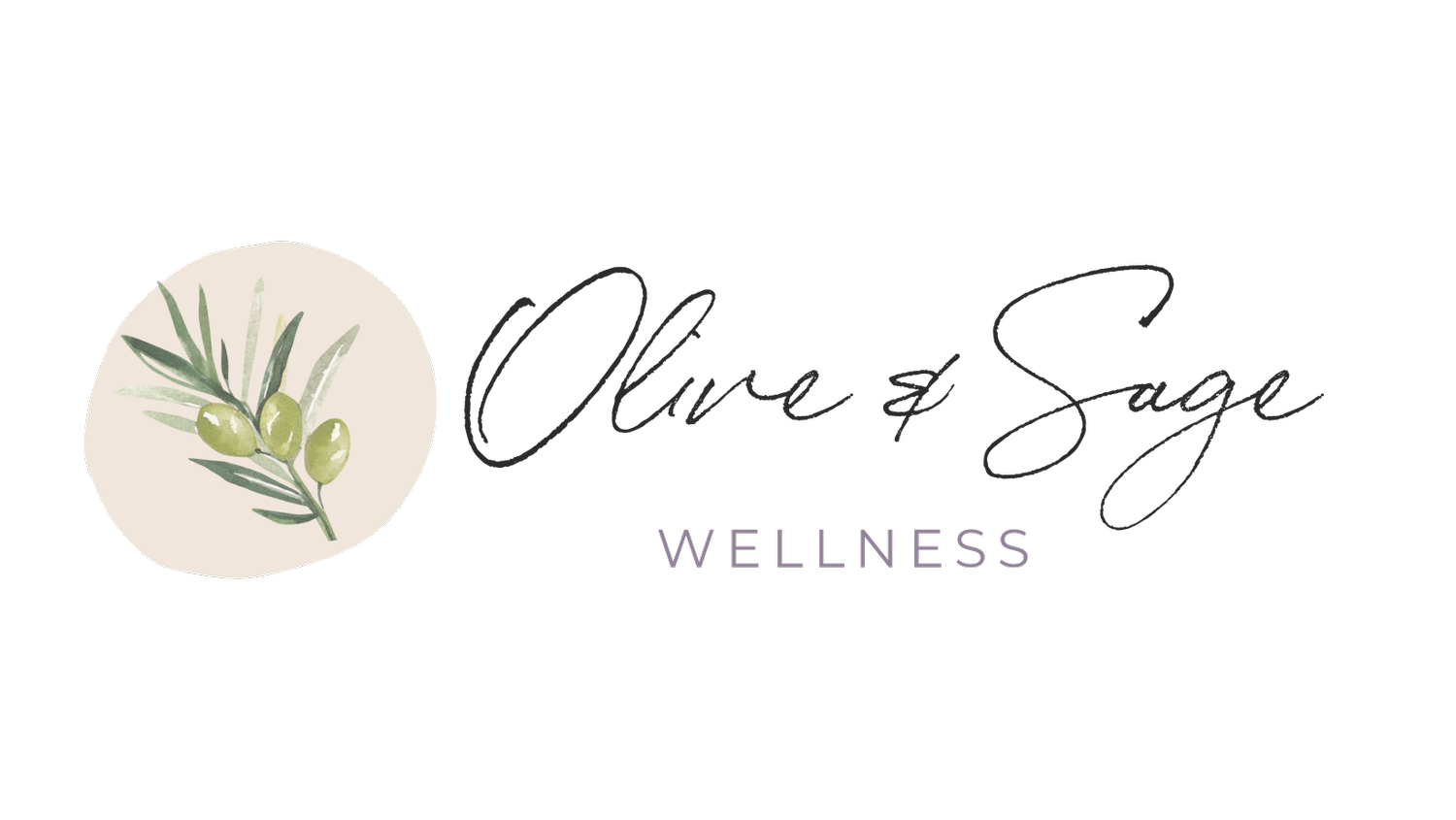Postpartum Care Essentials Part I: Why you should Care about the Fourth Trimester
Postpartum Care Essentials Part I: Why you should Care about the Fourth Trimester
It might not shock you to hear that for as much planning that goes into conceiving and birthing a baby, very little consideration goes into how parents will adapt to managing the postpartum period. This oversight by new and growing families often creates more tension and chaos in an already stressful period of transition.
In my work as a postpartum therapist, it is my goal to help my clients and their partners feel as prepared as possible to not only care for babies but to also care for themselves during this time. The fourth trimester is a the 12 weeks following birth where the birthing person’s body is adjusting to life post delivery (A mother's guide to the Fourth trimester 2021). It is not uncommon for birthing people and their partners to not be aware of this important period of physical, hormonal, and emotional transition.
While perinatal and postpartum mood and anxiety disorder can occur at any time between conception to 1 year postpartum, around 85% of moms and birthing people experience the “baby blues” during the first 2 weeks after birth. The “baby blues” reference an experience of depression-like symptoms that are a response to the hormonal shifts occurring in the birthing person's body(Baby Blues and postpartum depression: Mood disorders and pregnancy 2023).
Beyond the first two weeks postpartum, the greater period of the fourth trimester often receives less support and emphasis than the prior three trimesters and yet it is marked with significantly less medical and professional support than pre-delivery (A mother's guide to the Fourth trimester 2021). It is not uncommon for mothers or birthing people to see their doctors only once during this time, around the 6 weeks postpartum, for a check-up and the clearance to return to sex.
I’m sorry, how many times did you see your doctor during the first three trimesters?! Quite frankly, women and birthing people deserve better.
One of the easiest and low-cost activities I will often encourage my pregnant clients to do is to create a postpartum birth plan with their partners prior to baby’s delivery. A postpartum plan acts as a tangible resource to help identify tasks that need to be completed, streamline important information onto one document, and encourage some forethought regarding a challenging period of time as postpartum parents. You can get fancy and find a postpartum plan online or you can create your own on a google doc in a way that works for your family. In this case, something is much much better than having nothing.
My next blog will highlight the top 5 things to include in your postpartum plan.
If you are looking for support navigating your postpartum experience, reach out to Olive and Sage Wellness to schedule a free consultation with a certified postpartum therapist.
Citations:
Baby Blues and postpartum depression: Mood disorders and pregnancy. Johns Hopkins Medicine. (2023, October 24). https://www.hopkinsmedicine.org/health/wellness-and-prevention/postpartum-mood-disorders-what-new-moms-need-to-know#:~:text=The%20Baby%20Blues&text=These%20are%20hormonal%20changes%20that,away%20once%20hormones%20level%20out.
A mother’s guide to the Fourth trimester. Columbia University Irving Medical Center. (2021, November 9). https://www.cuimc.columbia.edu/news/mothers-guide-fourth-trimester#:~:text=The%20fourth%20trimester%E2%80%94the%2012,mothers%20need%20it%20the%20most.
